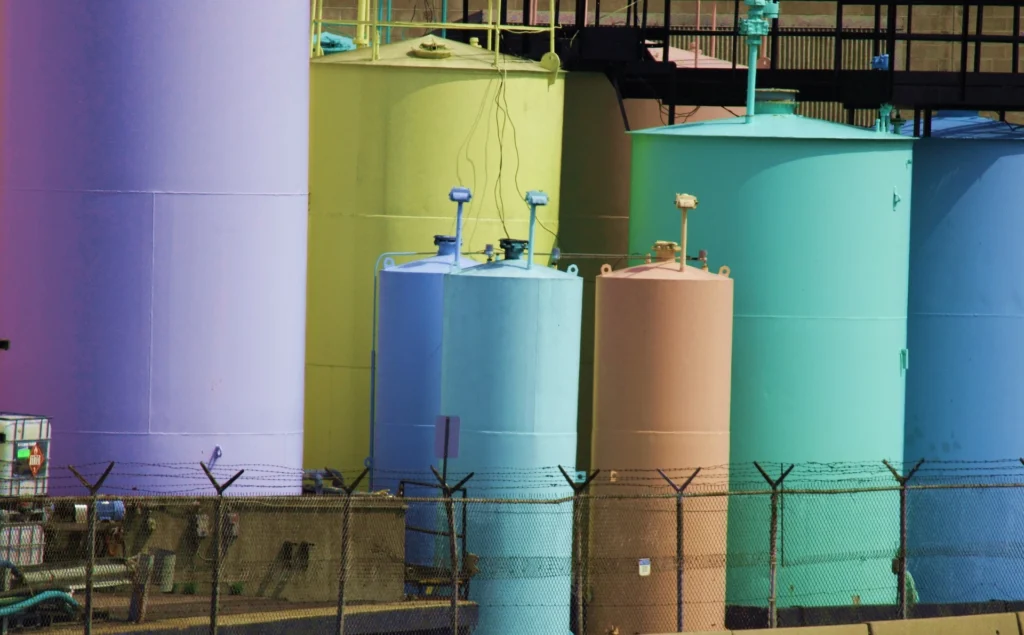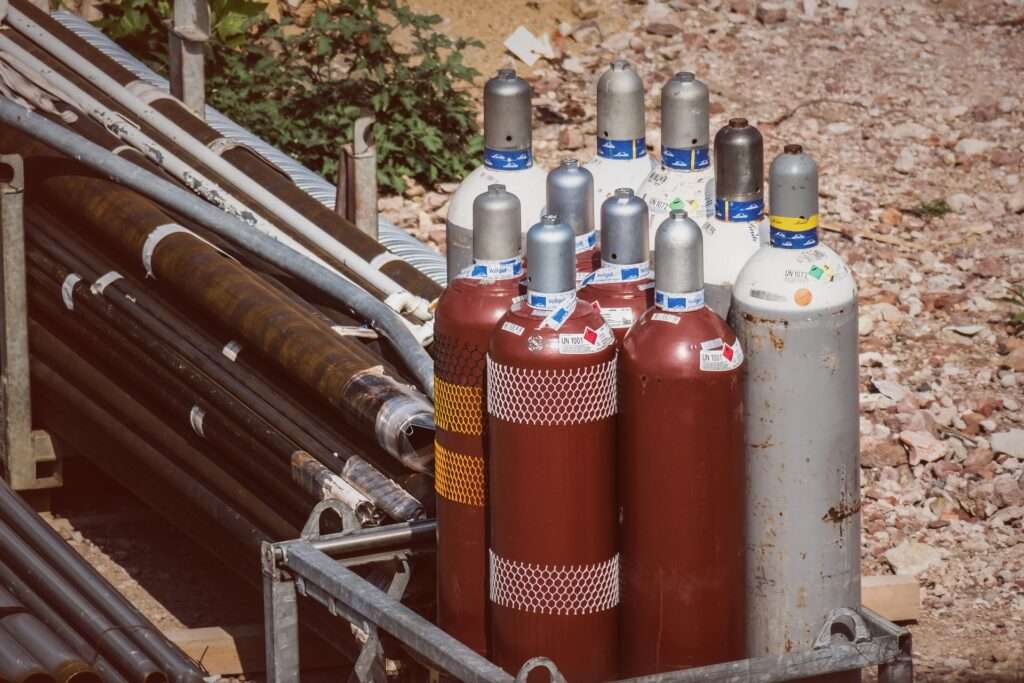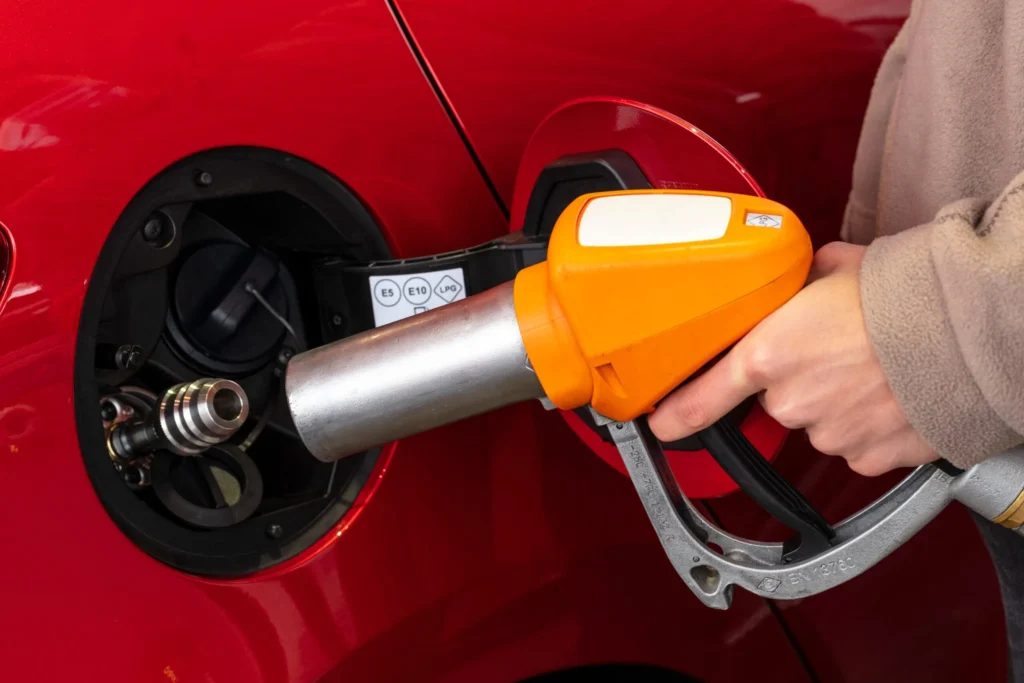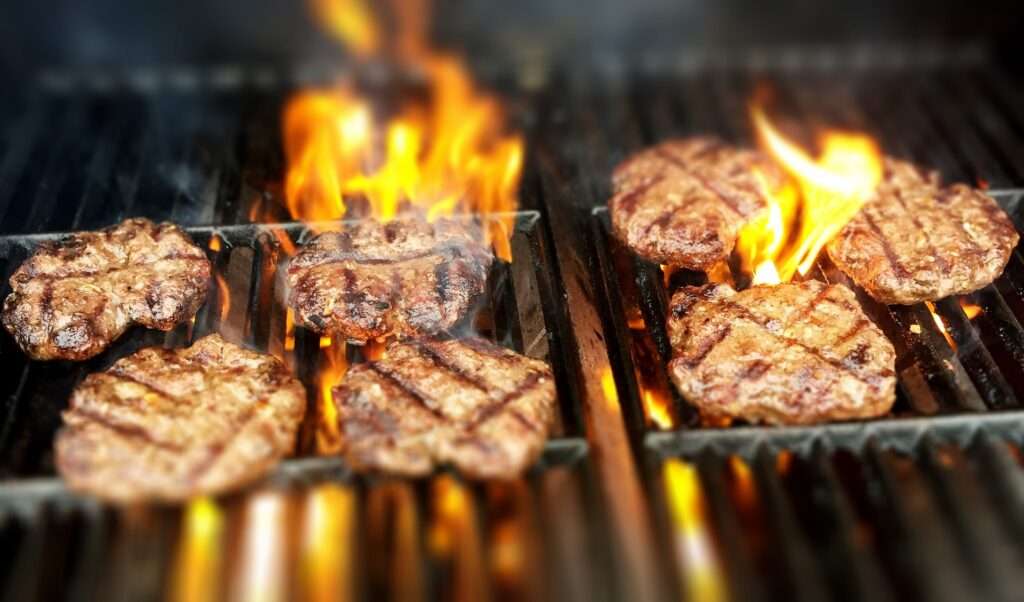In the following article, I will try my best to provide all the information regarding how gases are stored , where they are stored like that as well as the benefits of their storage in that way.
How is it stored?
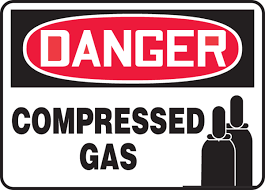
Gases are commonly stored under high pressure in containers like cylinders, tanks, and pipelines. This is because gases can easily be compressed to occupy less space without incurring much cost to improve storage efficiency, Doing this with a solid or liquid is impractical and extremely costly.
Gases can be stored at various pressure levels for example gases as liquefied gases like LPG (liquefied petroleum gas) and LNG (liquefied natural gas), which are stored at relatively low temperatures and atmospheric pressure when compared to compressed air cylinders(LPG cylinders are typically filled to a pressure of around 10-12 bar, while compressed air cylinders can be filled to pressures of up to 300 bar or more.). These gases are kept in a liquid state by refrigeration and insulation and can be stored and transported more efficiently as liquids than as gases.
Another exception is hydrogen, which can be stored either under high pressure or in a solid state as compressed or liquefied hydrogen, or as a gas absorbed into materials like metal hydrides.
Compressed gases can be dangerous if not handled and stored properly. The main risk associated with compressed gases is the potential for explosion or fire if they are released in an uncontrolled manner.
Where is it stored?
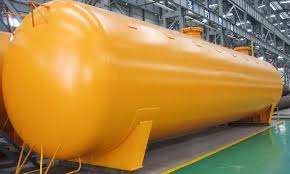
The most common gas storage shape is a cylinder, which is usually made of either steel or aluminum. The cylinder has a valve at the top that controls the flow of gas and a pressure relief valve that opens if the pressure inside the cylinder becomes too high. Cylinders are commonly used for storing gases such as propane, butane, and acetylene.
Gas can also be stored in tanks, which are larger and can hold much more gas than a cylinder. Tanks are commonly used for storing liquefied gases such as LPG (liquefied petroleum gas), which is a mixture of propane and butane and various other chemicals that are combustible. LPG tanks are often installed above ground and are connected to a gas system or used for portable applications such as RVs or forklifts.
The storage of gas in containers requires proper handling and safety precautions. The containers must be properly labeled and stored in a well-ventilated area away from heat sources or other combustible materials. Regular inspections and maintenance are also necessary to ensure the integrity of the containers and the safety of those handling the gas.
Why is it stored like that?
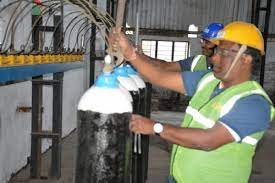
1) We store gas at high pressure for several reasons. One of the main reasons is that it allows us to store more gas in a smaller space. When gas is compressed, its volume decreases so that we can fit more gas into a container of a given size. This is particularly important for gases that are used in portable cylinders, such as propane or butane, which need to be small enough to be easily transported.
2) Another reason for storing gas at high pressure is that it allows us to transport it over long distances. By compressing the gas, we can fill up larger containers, such as tanker trucks, with a higher volume of gas, which reduces the number of trips required to transport it. This is more efficient and cost-effective than transporting the same amount of gas at a lower pressure.
3) In addition, storing gas at high pressure can also improve its performance when it is being used. For example, when gas is released from a high-pressure cylinder, it expands rapidly, which can improve its efficiency when used as a fuel. In some cases, the gas may need to be heated or cooled to achieve optimal performance.
However, it’s important to note that storing gas at high pressure also comes with some risks. High-pressure cylinders need to be carefully maintained and inspected to ensure that they are not leaking or damaged, as a rupture or explosion can be extremely dangerous. Safety measures such as pressure relief valves, pressure gauges, and protective barriers are used to minimize the risk of accidents.

